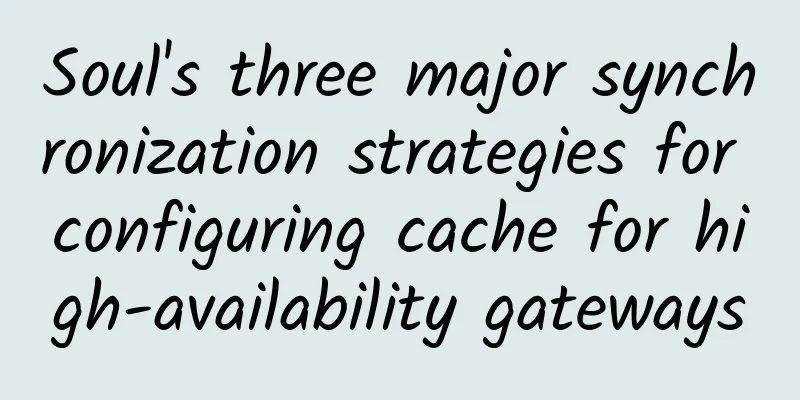Guava RateLimiter: A practical guide to efficient flow control

background With the rapid development of the Internet, the continuous expansion of the scale of system users and the widespread application of distributed architecture, the stability and performance of
accomplish1. Dependency introduction: 2. Configure the current limiting parameters in application.yml: 3. Current limiting configuration attribute class 4. Configure RateLimiter 5. Create a controller 6. Advanced version using section: |
>>: Telecommunications industry survey: AI will become the top investment area in 2025
Recommend
iWebFusion: Starting from $45/month E3-1230v2/16GB/2TB/10TB@1Gbps, multiple data centers in Los Angeles and other places
iWebFusion (iWFHosting) is a site of H4Y, a forei...
Magical IPv6, mobile phones can be assigned independent IP addresses
At the end of 2017, the country began to promote ...
Kerlink and Radio Bridge provide LoRaWAN solutions for private IoT networks
According to recent announcements, Kerlink and Ra...
In order to suppress China's 5G, American manufacturers teamed up to "turn the table"? How should Chinese manufacturers respond?
[[325361]] According to foreign media reports, re...
Starlink Internet service users exceed 10,000
SpaceX's satellite internet service has been ...
"Building Intelligent Computing Power to Empower the Digital Economy"——2021 Ascend AI Server Product Launch Conference Successfully Held in Beijing
Spring brings blessings, and everything is glorio...
Can this be considered? TCP is awesome.
Hello everyone, I am Xiaolin. I saw an old man as...
Securing the edge cloud and 5G: How to do it and why it matters
The fourth industrial revolution, known as 4IR or...
In the F5G era, home broadband is moving towards Gigabit. Don’t let the optical modem hold you back.
Mobile networks have entered the 5G era, and thei...
How does the famous CDN acceleration service accelerate access and distribute content?
Hello everyone, I am Bernie, an IT pre-sales engi...
Kvmla Japan Tokyo Softbank VPS promotion 20% off, top up 500 yuan and get 100 yuan
Kvmla, a long-established Chinese VPS hosting com...
A brief analysis of the importance of service gateways to enterprise core application architecture
[[421049]] This article is reprinted from the WeC...
The results are out! Check out the three operators' 2018 first half report cards
In August, the three telecom operators successive...
10gbiz: VPS 40% off, starting at $3.58 per month, CN2 GIA line, unlimited traffic in Los Angeles data center
10gbiz sent a blog reader exclusive discount code...
Huawei 5G is dead? 5G order numbers have not been updated for 10 months, Ren Zhengfei has other plans
Huawei's 5G development is hindered With the ...









